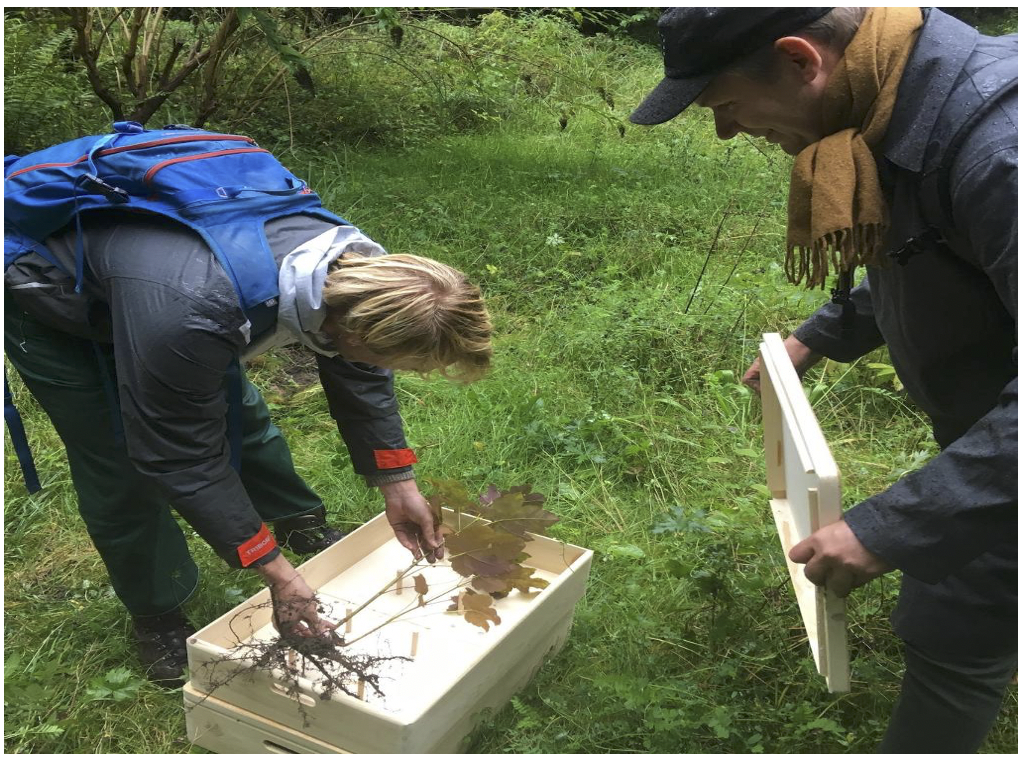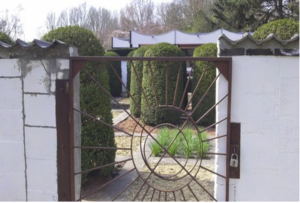De Onkruidenier – ShaduwTuin (Shadow Garden)
Participant of Our Living Soil
De Onkruidenier is developing a ShaduwTuin (Shadow Garden) in the walled monastery garden of the Belgian pavilion in the Amstelpark for a two-year public programme on gardening and new nature-culture stories. The SchaduwTuin is part of Our Living Soil‘s unique programme on soil and gardening.

De Onkruidenier is developing a ShadowGarden in the walled monastery garden of the Belgian pavilion in the Amstelpark for a two-year public programme on new nature-culture stories. The ShadowGrden is part of Our Living Soil with events on soil and gardening. The ShadowGarden is a long-term cooperation between Zone2Source and the collective de Onkruidenier (consisting of Ronald Boer, Jonmar van Vlijmen and Rosanne van Wijk).
The artistic practice of the Onkruidenier takes shape in fieldwork around gardening and cultural stories about plants, for which we are developing an artist’s garden in the Amstelpark. For this project, the municipality of Amsterdam has provided the artists with the walled Belgian monastery garden under the Vrije Ruimte regulation which gives vacant spaces to pioneers who fulfill a particular social need in Amsterdam. This garden was closed for years. With the resuscitation of the Kloostertuin, De Onkruidenier wonders how the concept of gardening can be transformed into a form in which we as humans adapt to processes in our urban nature. What other relationships and relationships with our living environment do we learn to discover?
De Onkruidenier works with volunteers and participants on a garden in which new cultural stories about relationships between people and plants are developed around an extensive public programme of workshops and expeditions. The central question is: can a park be a communal garden where people can reshape their relationship with nature. During the sessions in the ShadowGarden, people will work together with the artists in the Belgian monastery garden, where we can really put our hands on the earth. And to simultaneously investigate a speculative taxonomy based on relational classifications, leading to other practices dealing with nature.

